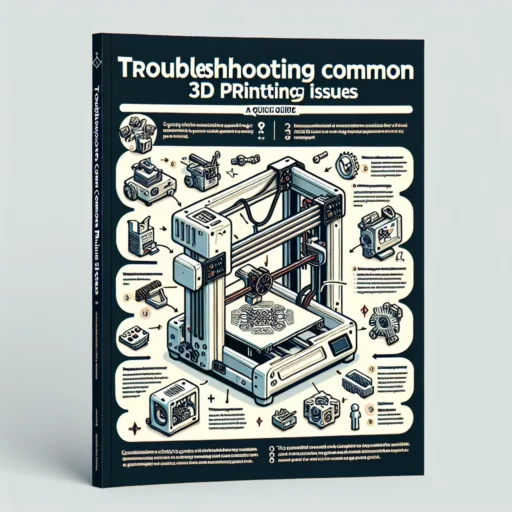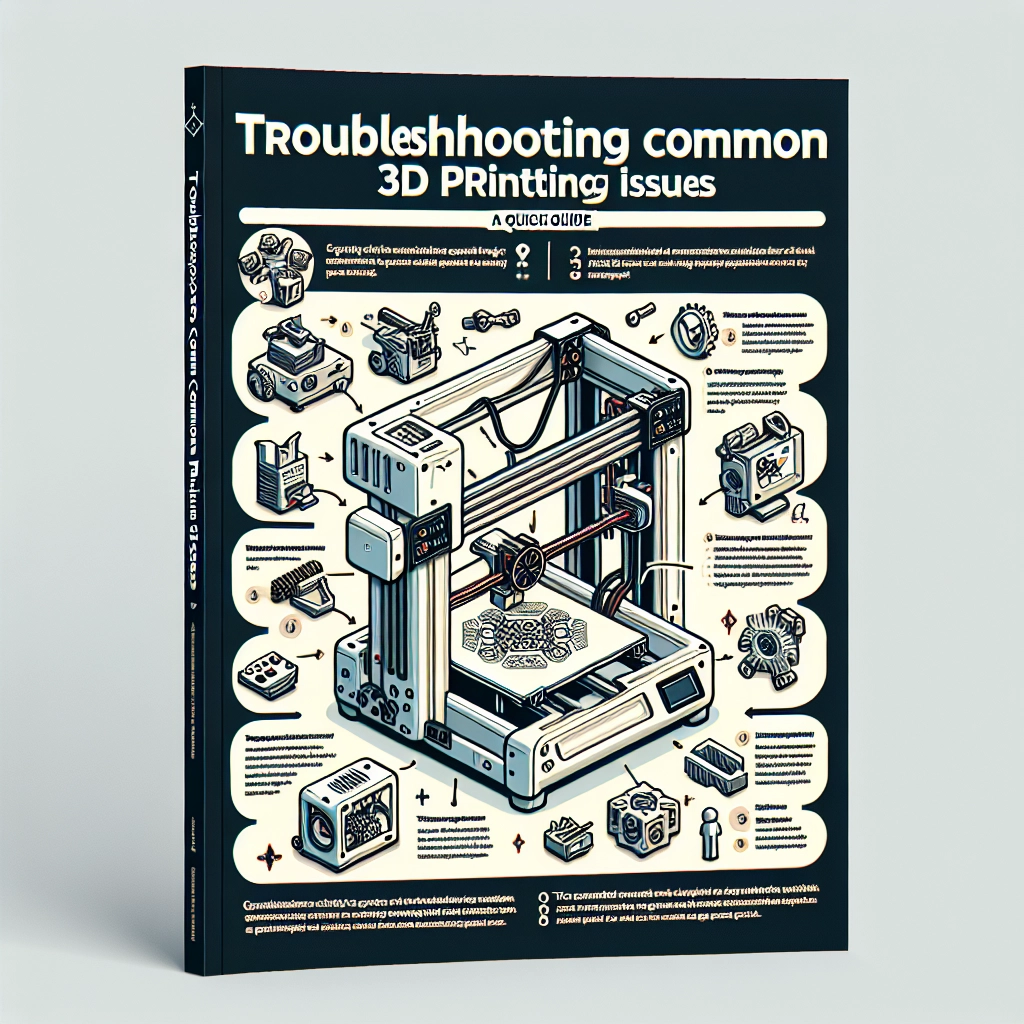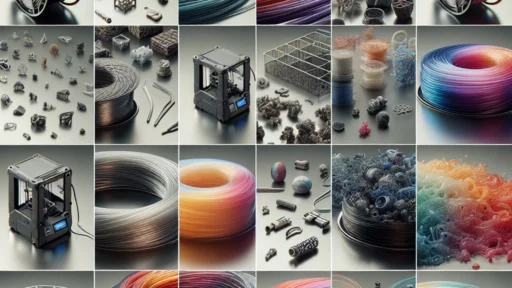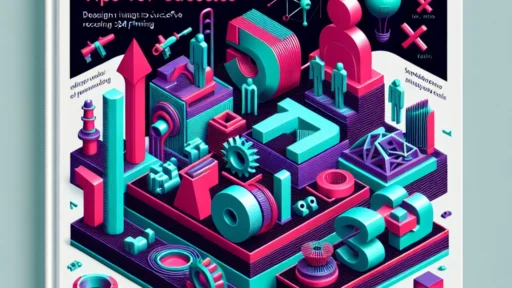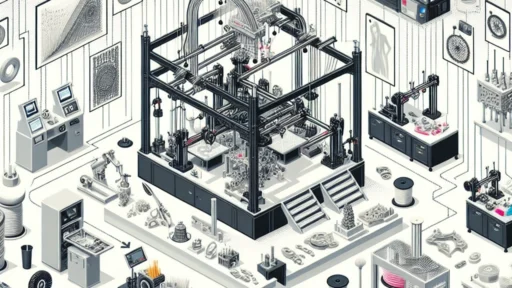Troubleshooting Common 3D Printing Issues: A Quick Guide
3D printing has revolutionized the way we create and produce things, from spares for broken appliances to full-fledged prototypes for innovative designs. However, just like any technology, it comes with its own set of challenges. If you’re an enthusiast diving into this rewarding yet occasionally frustrating hobby, being able to troubleshoot common issues is essential. Here’s a quick guide that addresses some of the most common problems you may encounter while 3D printing, along with practical solutions.
1. Poor Adhesion to the Build Plate
One of the first hurdles many face in 3D printing is improper adhesion of the first layer to the build plate. You’ll notice signs like curling edges or layers coming apart—definitely not what you want.
Solutions:
- Level Your Build Plate: Make sure your build plate is level. An unlevel plate can cause uneven gaps between the nozzle and the bed; adjust the height accordingly.
- Use the Right Temperature: Every filament has an ideal temperature range for the first layer. Ensure that you’re following the manufacturer’s recommendations.
- Consider Adhesives: Sometimes, a little extra help is needed. Applying a thin layer of glue stick, hair spray, or even painter’s tape can provide the additional grip your print needs.
2. Stringing and Oozing
If you’ve noticed thin strands of filament resembling spaghetti between parts of your print, you’re dealing with stringing. This occurs when the nozzle drags melted filament across the print.
Solutions:
- Adjust Print Settings: Lowering the temperature can help. If it’s too hot, the filament becomes more viscous, leading to oozing.
- Enable Retraction: Most slicing software has an option for retraction, which pulls the filament back into the nozzle when moving between prints, cutting down the chance of stringing.
- Travel Speed: Increasing the travel speed can also help by reducing the time the nozzle is in motion without printing, giving less time for filament to ooze out.
3. Layer Shifting
You’ve calibrated your printer, your settings are all in check, and suddenly you notice that some layers have shifted, leading to a misaligned print. This can be a real bummer!
Solutions:
- Check Belts and Wheels: Loose belts or wheels can lead to misalignment. Make sure everything is tightened appropriately and that the belts are tensioned correctly.
- Reduce Print Speed: Sometimes, the printer might be trying to move too fast for its own good. Slowing down the print speed can help maintain accuracy.
- Examine the Power Supply: Unstable power can also cause glitches. Make sure your printer is connected to a reliable power source.
4. Clogged Nozzle
A clogged nozzle can halt your print mid-process or cause poor-quality outputs with uneven extrusion. It’s a tricky issue, but fortunately, there are ways to tackle it!
Solutions:
- Cold Pull Technique: Heat up the nozzle to the printing temperature of the filament you last used, then allow it to cool down slightly. Then, manually pull the filament out; this can help remove debris stuck in the nozzle.
- Cleaning Filament: Consider running a cleaning filament through the nozzle periodically. These are designed specifically to clean out residue and buildup from various types of filaments.
5. Blobs and Zits on Prints
Ever pulled a print off the bed only to find unwanted bumps and blobs? These imperfections can be caused by several factors.
Solutions:
- Adjust Retraction Settings: Inconsistent retraction can lead to blobs. Make sure you have the right settings in your slicer’s configuration.
- Check for Filament Quality: Low-quality or old filament can be hygroscopic, which means it has absorbed moisture from the air, leading to printing defects. Make sure your filament is stored properly.
- Temperature Consistency: Fluctuations in your print environment can affect quality. Aim for a consistent temperature around your printer during operation.
Wrapping It Up
3D printing is a fantastic blend of artistry and technology, but it’s natural to stumble upon a few bumps on the road—literally and figuratively! By familiarizing yourself with these common issues and their solutions, you’ll enhance your printing skills and minimize frustration. Remember, every misprint is a learning opportunity, so don’t be discouraged! With a little patience and practice, you’ll turn your 3D printing endeavors into a smooth and rewarding journey. Happy printing!


